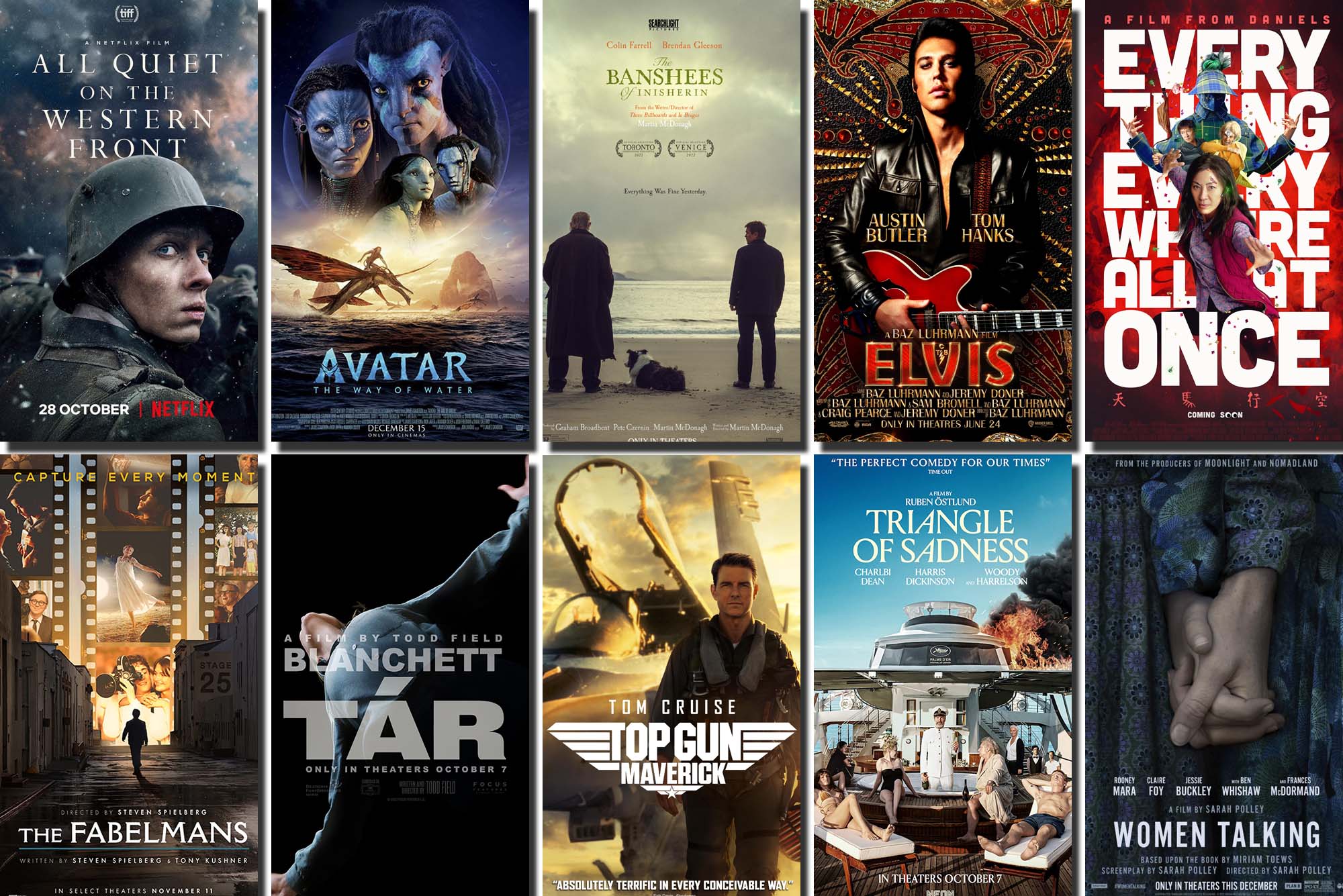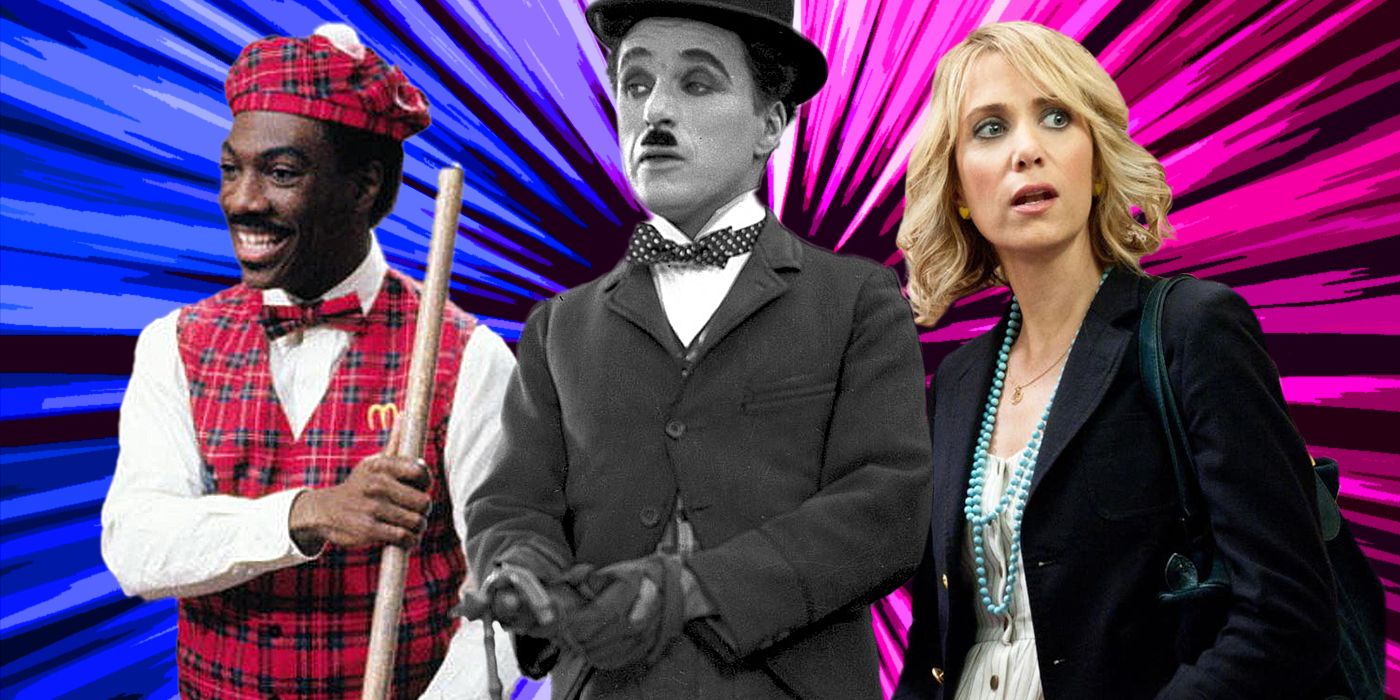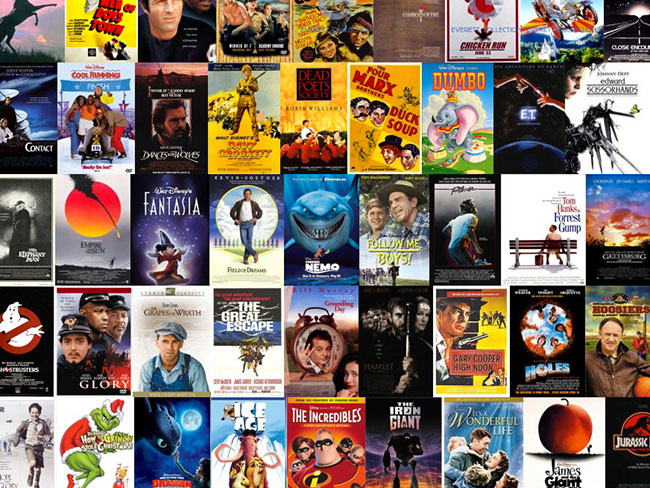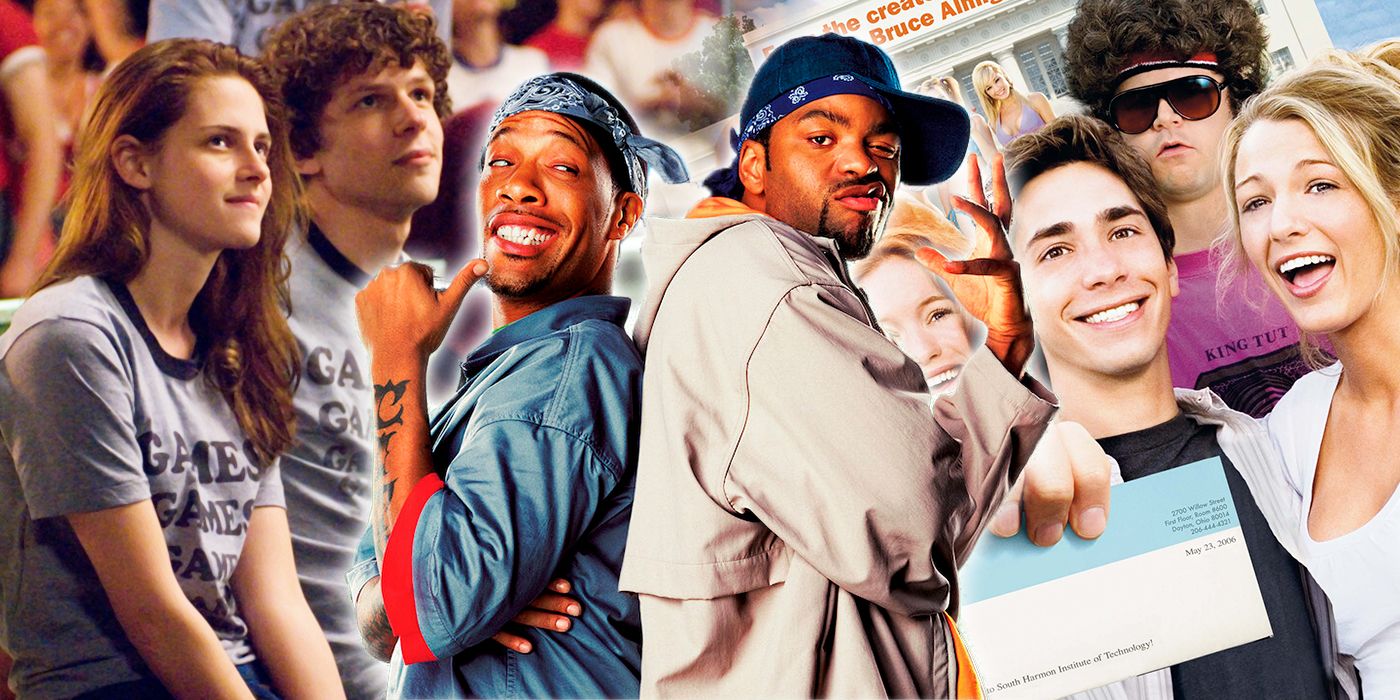The Essence of Cinematic Experience: the Art of Storytelling
The world of cinema is a realm where storytelling transcends mere narration; it becomes an immersive experience that captivates the senses and leaves an indelible mark on the viewer’s soul. In this exploration, we dissect the anatomy of cinematic experience, delving into the elements that contribute to the magic and allure of the silver screen.

The Prelude: Anticipation and Atmosphere
As the lights dim and the curtains part, the cinematic journey begins with an air of anticipation. The term “prelude” encapsulates this moment, where the audience eagerly awaits the unfolding narrative. It’s a delicate dance of expectation and mystery, setting the stage for the emotional odyssey that lies ahead.
These initial moments, seemingly unassuming, lay the foundation for the immersive experience that follows.
The Cinematic Palette: Visual Brilliance and Aesthetic Symphony
Enter the realm of visual storytelling, where the screen transforms into a canvas of emotions and aesthetics. The term “cinematic palette” refers to the rich array of colors, textures, and visual elements meticulously crafted by directors and cinematographers. It’s a symphony of visuals that heightens the emotional impact of the narrative.
From sweeping landscapes to intimate close-ups, each frame contributes to the overall visual tapestry that defines the cinematic experience.
Character Alchemy: The Soul of the Narrative
Characters breathe life into the cinematic narrative, and their evolution throughout the story is akin to alchemy. The term “character alchemy” encapsulates the transformative journey characters undergo, facing challenges, experiencing growth, and leaving an enduring impact on the audience. It’s the soulful connection between the viewer and the characters that elevates the cinematic experience.
From the protagonist’s triumphs to the antagonist’s complexities, character alchemy weaves a tale that resonates with the human experience.
Temporal Manipulation: The Dance of Time
Time becomes a malleable entity in the world of cinema, subject to the whims of directors and editors. The term “temporal manipulation” refers to the artful use of time to enhance storytelling. Flashbacks, flash-forwards, and nonlinear narratives are tools that add layers of complexity, allowing the audience to experience time as a dynamic force within the story.
Temporal manipulation invites viewers to navigate the timeline of the narrative, creating a more engaging and thought-provoking experience.
Soundscapes: The Unseen Orchestra
Beyond the visual, soundscapes play a pivotal role in shaping the emotional landscape of a film. The term “soundscapes” encompasses the meticulously designed auditory elements, from the score to ambient sounds, that contribute to the overall atmosphere. It’s the unseen orchestra that guides the audience through the peaks and valleys of emotion.
Whether a haunting melody or a subtle rustle, soundscapes add a layer of depth that resonates beyond the screen.
Narrative Architecture: Plot Structure and Pacing
The architecture of a cinematic narrative is a carefully constructed edifice, with plot structure and pacing as its foundational pillars. The term “narrative architecture” describes the intentional arrangement of story elements to create a cohesive and engaging experience. It’s the blueprint that guides the audience through the rising action, climax, and resolution.
Narrative architecture ensures that each twist and turn is purposeful, building towards a satisfying and impactful conclusion.
Emotional Resonance: The Heartbeat of Cinema
At the core of every memorable cinematic experience is emotional resonance, the heartbeat that lingers in the hearts of the audience. The term “emotional resonance” encapsulates the profound impact a film can have, stirring emotions and leaving an enduring imprint on the viewer’s soul. It’s the essence that transcends the screen, forging a connection that extends beyond the duration of the film.
Whether tears of joy or pangs of sorrow, emotional resonance is the true measure of a cinematic masterpiece.
The Epilogue: Reflection and Reverie
As the credits roll and the lights slowly brighten, the cinematic journey reaches its conclusion. The term “epilogue” refers to the reflective moments that follow, where the audience contemplates the emotional voyage they’ve undertaken. It’s a time for reverie, as the impact of the story lingers, and the viewer emerges changed, if only subtly.
The epilogue is the quiet aftermath, where the echoes of the cinematic experience continue to resonate.
Conclusion: The Tapestry of Cinematic Splendor
In the intricate tapestry of cinematic splendor, each element contributes to an experience that transcends the boundaries of time and space. From the prelude to the epilogue, the cinematic journey is a symphony of visual and emotional nuances, meticulously crafted to transport audiences into realms of imagination and introspection.
As we celebrate the essence of cinematic experience, let us continue to cherish the magic that unfolds on the silver screen, forever captivating our hearts and minds.
© 2024 Cinematic Chronicles. All rights reserved.





